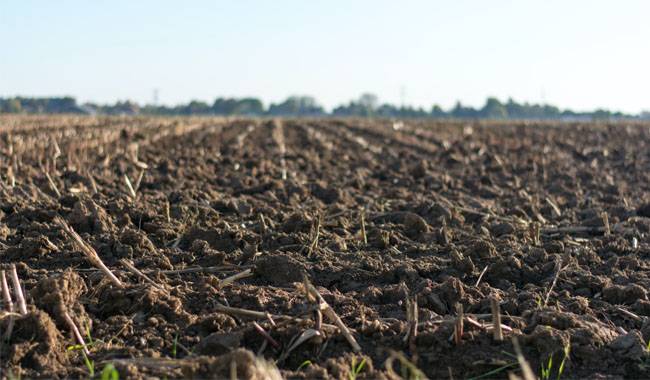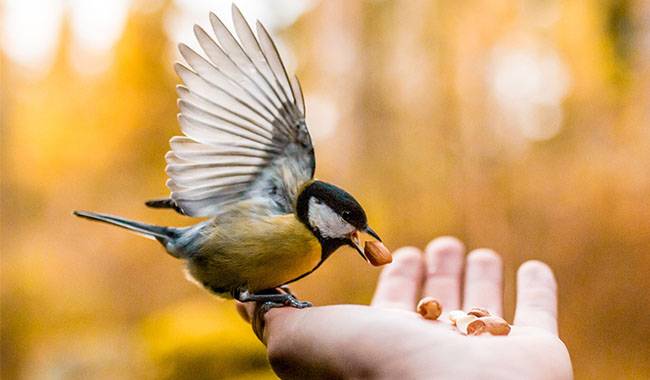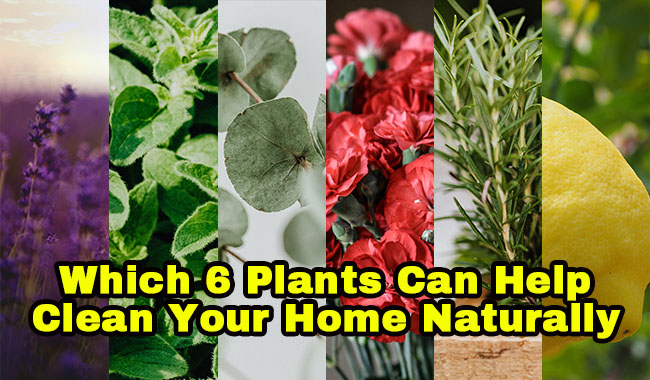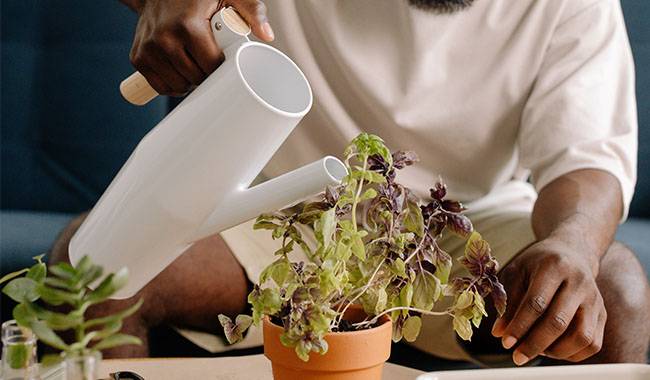
Sooner or later, the owner of every garden plot faces the problem of improving the quality of the soil. Either at the very beginning of the plot’s development, when the problem is immediately apparent. Or after a while, because some crops are growing well in the ground, but others are wilting, getting sick, or rejecting them altogether.
Or because the yield of these crops has decreased, when previously they were not a problem. What do people usually do in such cases? Buy a truckload of humus, peat, black soil, or fertilizer, or go buy mineral fertilizer.
But these methods don’t always work. Why? Let’s see why.
MAJOR SOIL TYPES
The easiest way to determine the approximate composition of the soil in a plot is to dissolve a small amount in a glass of water and stir it. After some time, the composition will be visible: sand is at the bottom, followed by clay, and the organic component will float to the surface or be in the form of mud.
The organic composition is easily determined by burning. By weighing the mass of the soil before and after. Acidity is determined with litmus paper.
Of course, the most accurate parameters will be told to you in the laboratory. But I would only do this test if you plan to use the land for commercial production of agricultural products, or if you suspect that the land is contaminated with herbicides, pesticides, or heavy metal salts.
Soil temperature, pH, and permeability are important for soil fertility, as well as trace elements, mycorrhizae, soil bacteria, and organisms involved in the processing of plant residues into soil components.
Clay soils
Clay soils consist mainly of clay with a coarse clay structure and a slightly acidic reaction, characterized by high density, poor air permeability, and water permeability, high heat capacity, and low humus content.
It can be improved by adding sand, ash, lime, peat, and organic matter.
Clay soils are best suited for growing trees and shrubs with well-developed root systems.
Loamy soil
Loamy soil contains a large amount of clay and sand and is most common in the Moscow region. It is a loosely structured, loose, moderately dense, warm, permeable, and breathable soil. pH value ranges from acid to neutral and humus content varies from medium to high.
Structural improvement can only be maintained by adding organic matter (fertilizer, humus) and acidification at high acidity.
Suitable for most plants.
Sandy clay loam
Sandy clay loam is composed of sand and finer gravel with the addition of 3% to 10% clay. It is a light structured soil that has been preserved due to its fairly high humus content. Because of its medium permeability and water permeability, thermal conductivity, and acidity.
It can be improved by applying organic products and sowing green manure.
It is suitable for most plants.
Sandy soil
Sandy soil is a very light, poor, permeable, and breathable soil that warms up and dries out quickly. Its acidity is neutral.
You can improve the addition of peat, mulch, clay, sowing sideratov.
Onions, carrots, currants, and strawberries grow well.
Peat soil
Peat – loose, acidic, cold soil with good water retention and average nutrient content. However, much of it is in a “bound” state, so peat soil needs to be planted forcibly. In addition, due to its friability and moisture absorption, it freezes heavily in winter.
Peat soils in lowlands are formed due to groundwater, while raised bogs are formed on flat ground where water does not flow well. Therefore, fen and cultured bogs differ in their composition. The lowland peat is less acidic, while the higher peat is more acidic.
It can be improved by drainage (forcing), sand application, lime application, the addition of well-rotted manure and mulch to stimulate soil microorganisms. With their help, peat is converted to humus in a fairly short period of time. The application of preparations containing copper is desirable.
It is suitable for potatoes, strawberries, rhododendrons, conifers, hydrangeas, violets, violets, heathers.
Limestone soils
The limestone soil is characterized by stony inclusions, so it is not light. Poor, well permeable, but well-drained and warm. Due to low moisture retention, nutrients are quickly washed out. The reaction is alkaline. Plants on such soils suffer from chlorosis as they are unable to absorb iron due to low acidity. After drying, it forms a crust on the surface.
It can be improved by introducing organic matter, peat, acidification with ammonium sulfate or urea, and sowing grass seedlings.
Fruit trees and shrubs grow well: elderberry, barberry, currant, clove, buckthorn, and hawthorn, as well as maple, poplar, elm and ash trees, clematis, lily of the valley, periwinkle, hyssop, and lavender.
Chernozemic soils
Chernozemic soils are well-structured, medium-density, permeable, and breathable soil with good moisture retention. The reaction is slightly alkaline, neutral, or slightly acidic. It contains a high amount of humus.
It can be improved by sowing grass seedlings and introducing organic matter in case of depletion.
In fact, all plants can grow except those requiring strongly acidic soils, such as lingonberries, cranberries, and blueberries.
GENERAL METHODS TO IMPROVE AND ENHANCE SOIL FERTILITY
Organic application
Manure, compost, peat, rotten bamboo, straw, and food waste improve the fertility of all types of soil by improving soil structure and stimulating the development of microorganisms. They also contain plant nutrients such as nitrogen, phosphorus, potassium, and calcium.
The application of manure compost significantly reduces plant diseases such as Fusarium, as it contains natural antibiotics.
Reduce the use of mineral fertilizers
Although they seem to increase soil fertility, they inhibit the action of soil microorganisms, fungi, and worms that help break down the soil into easily digestible plant components and form humus.
Crop rotation
Growing the same plants or plants of the same family in the same place for a long time promotes the accumulation of toxins, pests, and the development of diseases in the soil by these plants. Some plants produce substances that inhibit the development of other plants. This characteristic is called allelopathy.
To reduce the impact of growing plants in the same place, crop rotation is used. For example, strawberries, phalaenopsis, and daffodils in the garden are grown in one place for no more than 4 years, and annual crops are transplanted every year, returning to the same place no earlier than 3-4 years. And this period should even be increased when planting cucumbers, beets, carrots, parsnips.
Loosening and mulching
Loosening the soil and then mulching the planting, through better air exchange, destroys soil capillaries, through which water evaporates strongly and improves fertility. Loosening also improves the soil structure and mulching with organic matter stimulates soil microorganisms, which like bugs.
Remember! One loosening will replace two waterings.
Siderat planting
Siderat (siderata) is green manure that is sown with the purpose of its subsequent embedding in the soil, improving the soil structure and enriching it with nitrogen. Sometimes it is mistakenly believed that the task of green manure is to suppress weeds. This is not true.
Their task is to transform and accumulate material in the soil in an easily digestible form and to loosen the soil. In addition, some green manure plants help to deoxygenate the soil.
Fallow
Our ancestors knew that the land gets tired too, so every seven years they left it “fallow”, that is, they gave her a break. At the same time, all the technical agricultural activities were carried out: plowing and the introduction of organic fertilizers.
Fallowing can be clean or sown.
Application of microbial fertilizers
These preparations promote the growth of soil microorganisms, mycorrhizae, the maturation of compost, or the rapid re-purification of the mulch.
The fertilizers can be: industrially produced or self-produced so-called “green fertilizers”.
Dear reader, if the soil on your plot does not meet your expectations, please try to follow our advice and improve its structure and nutrition. Believe me, in the first season, you will already get a noticeable result.







